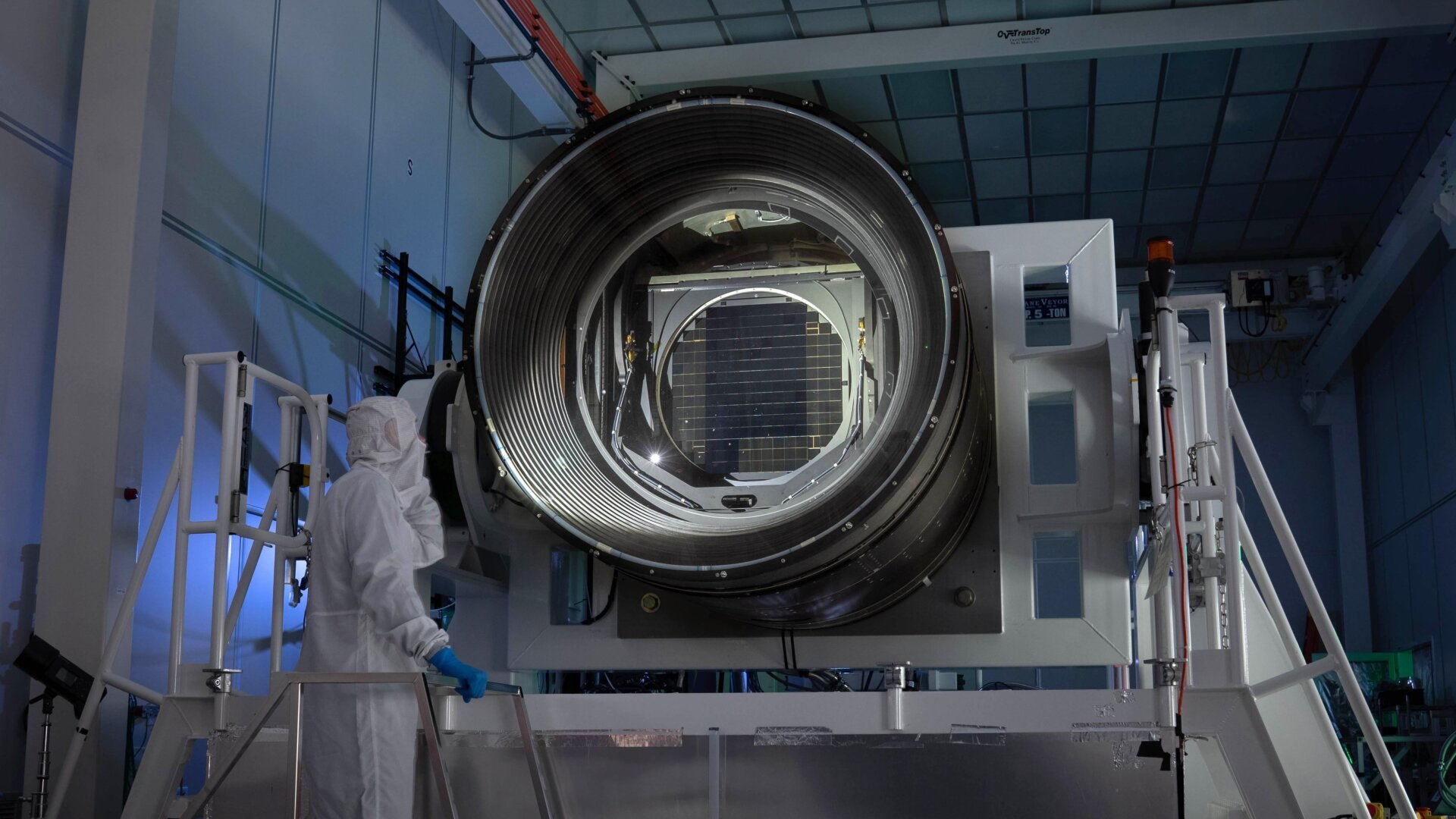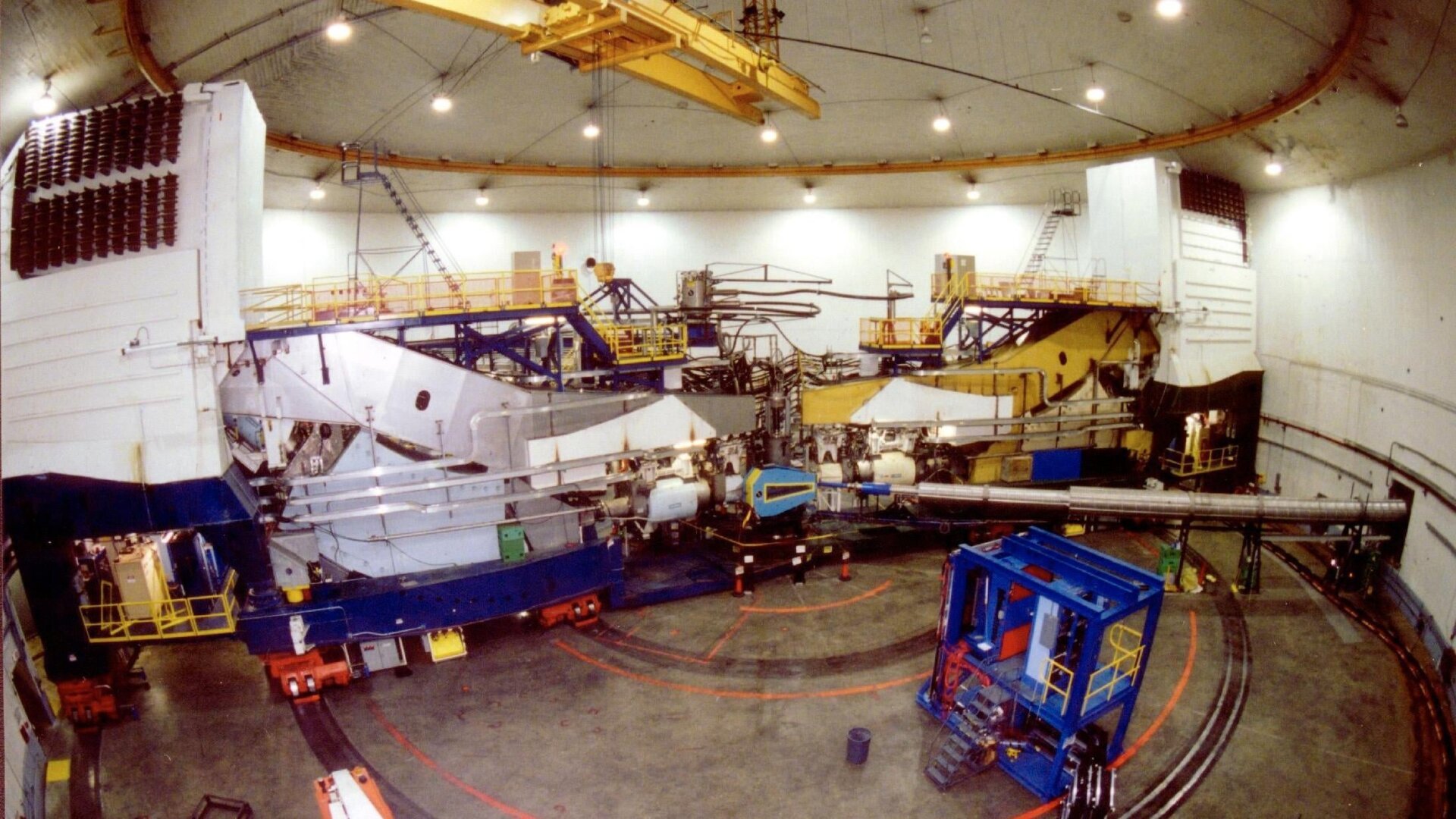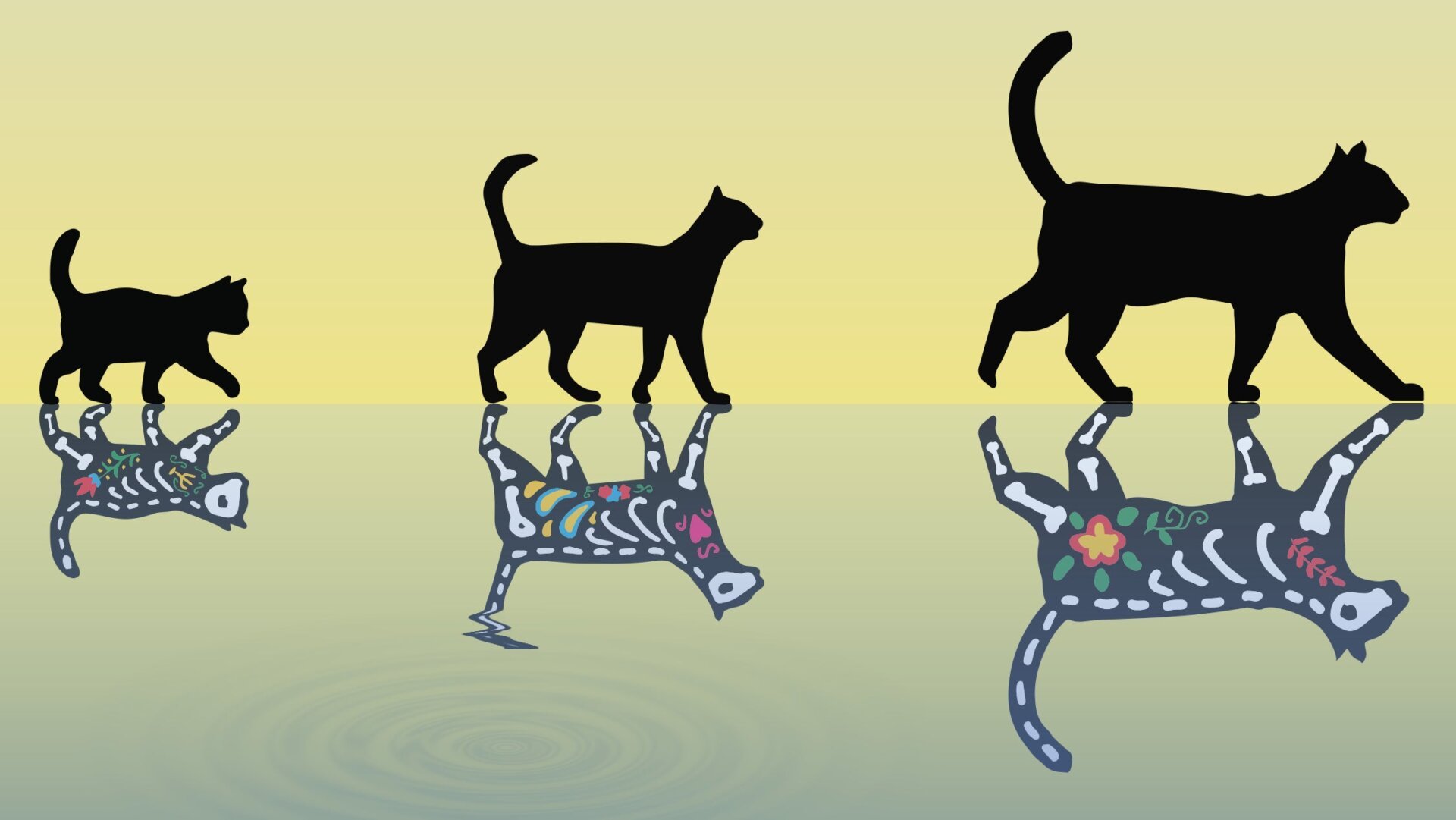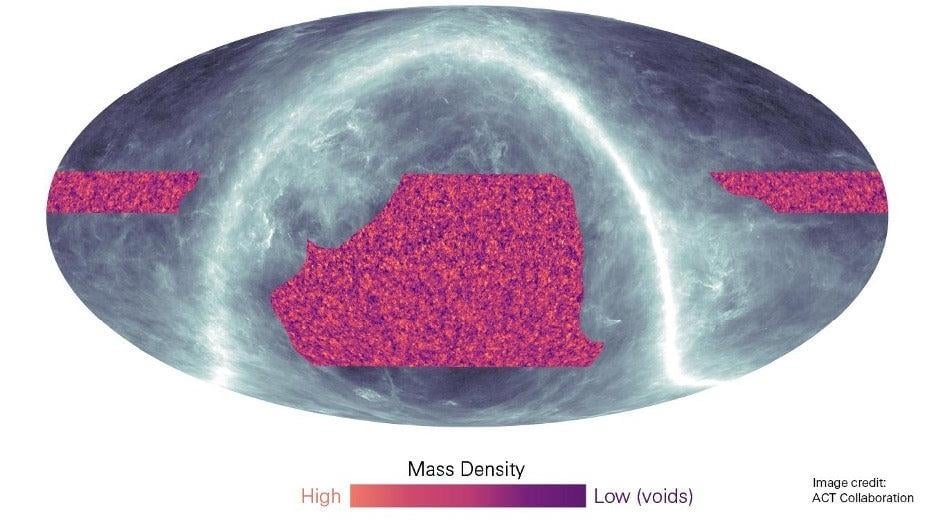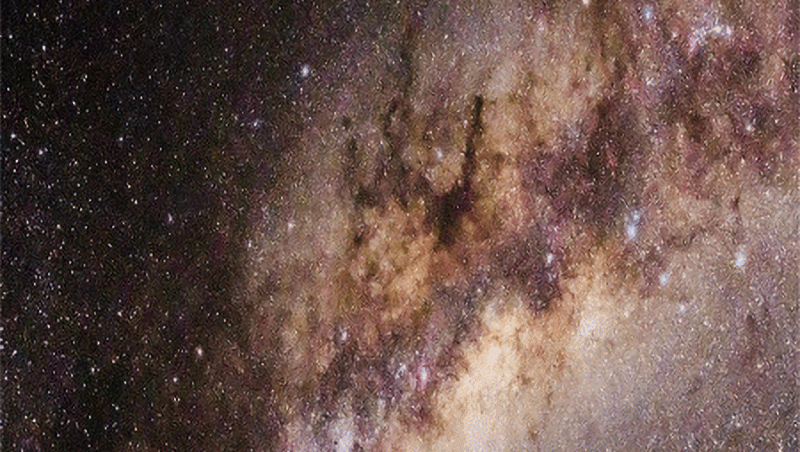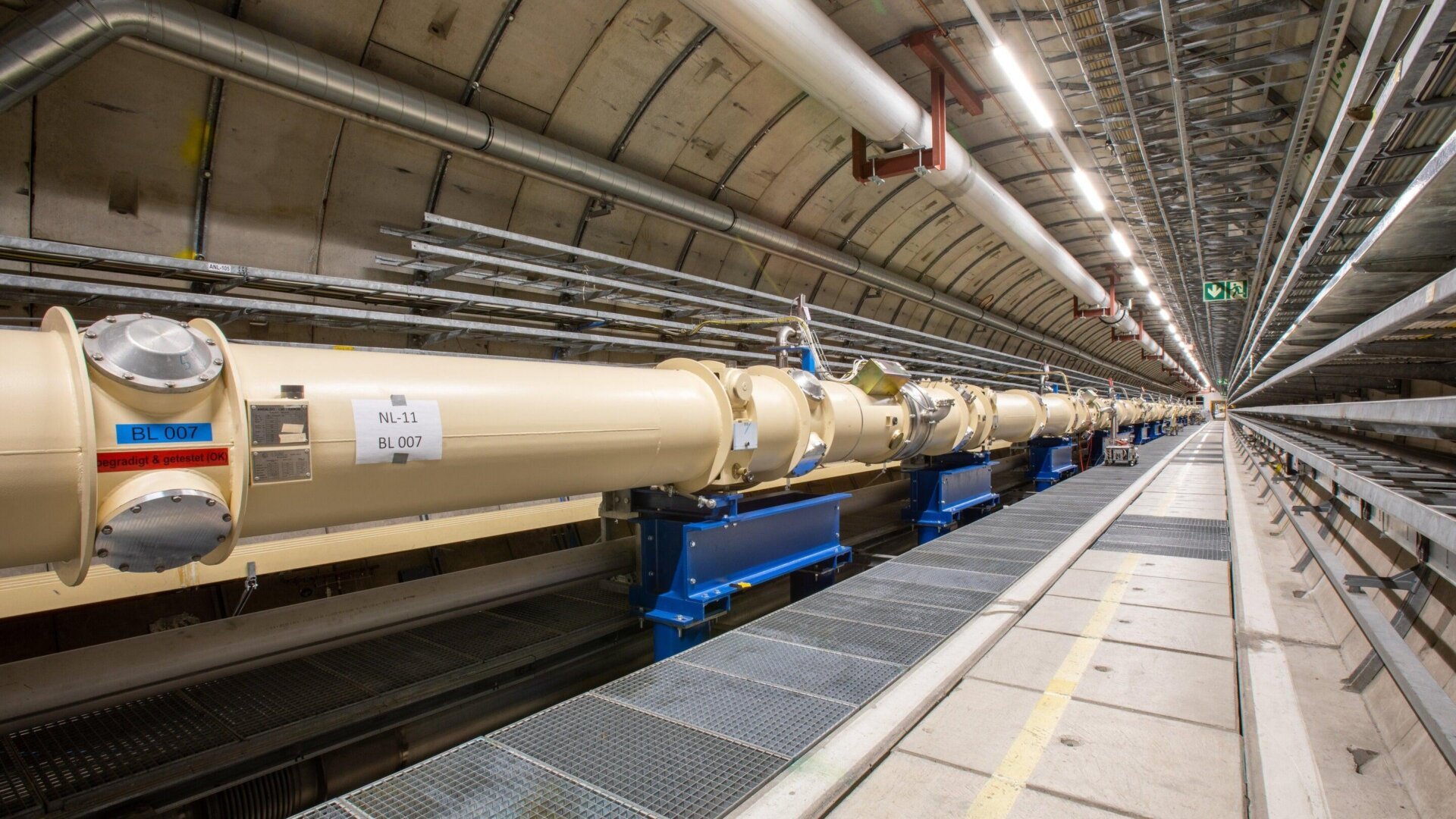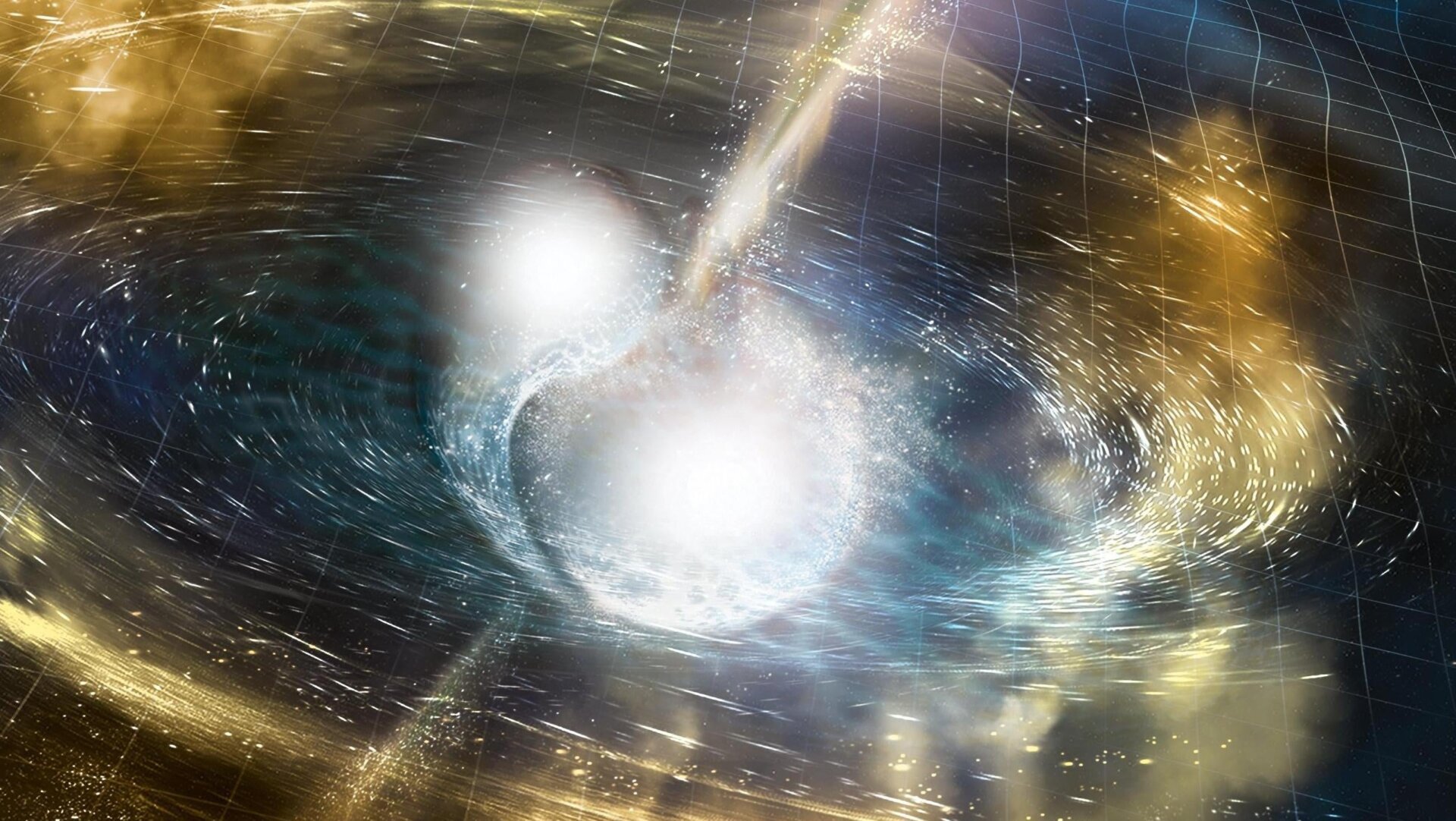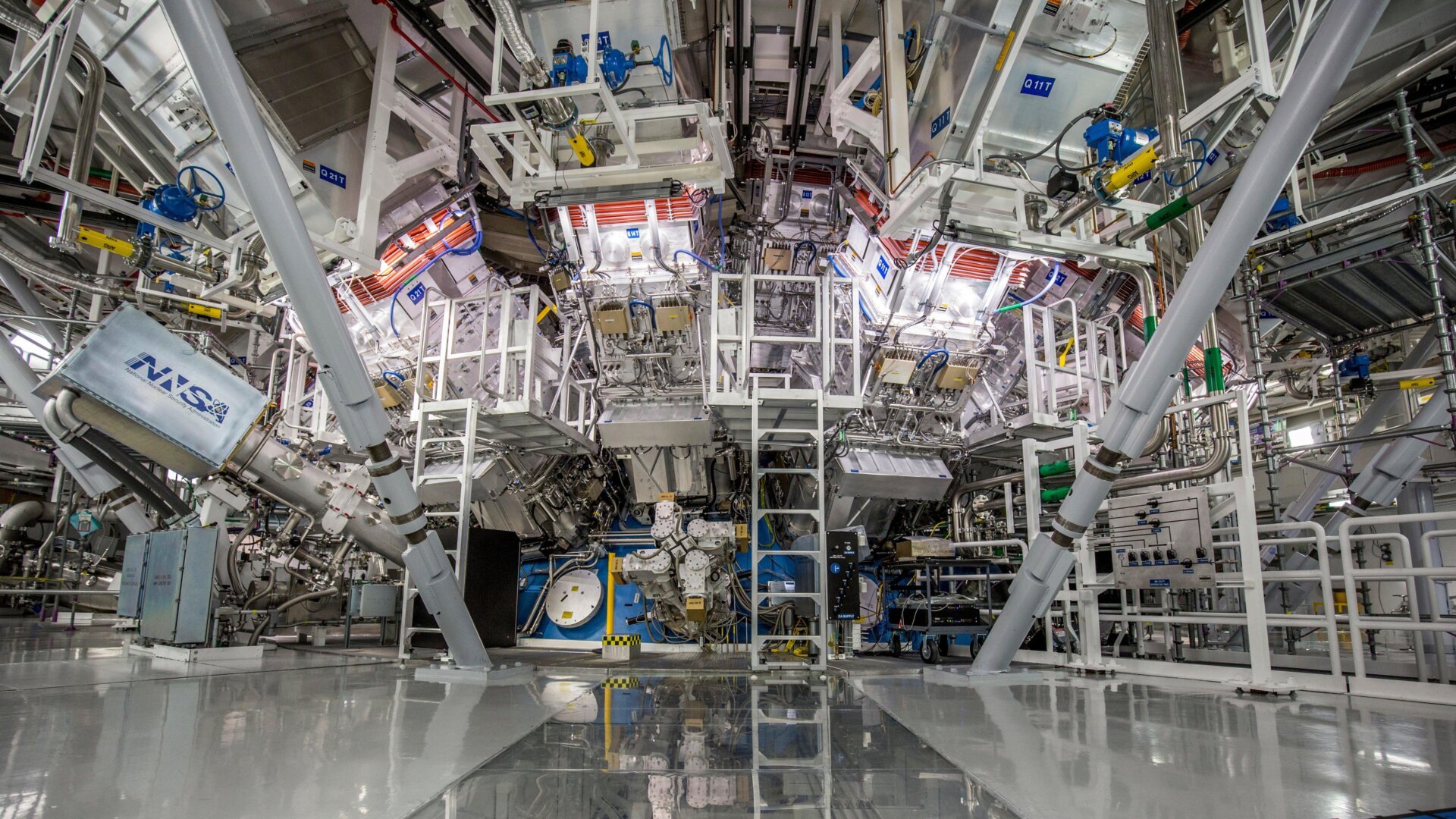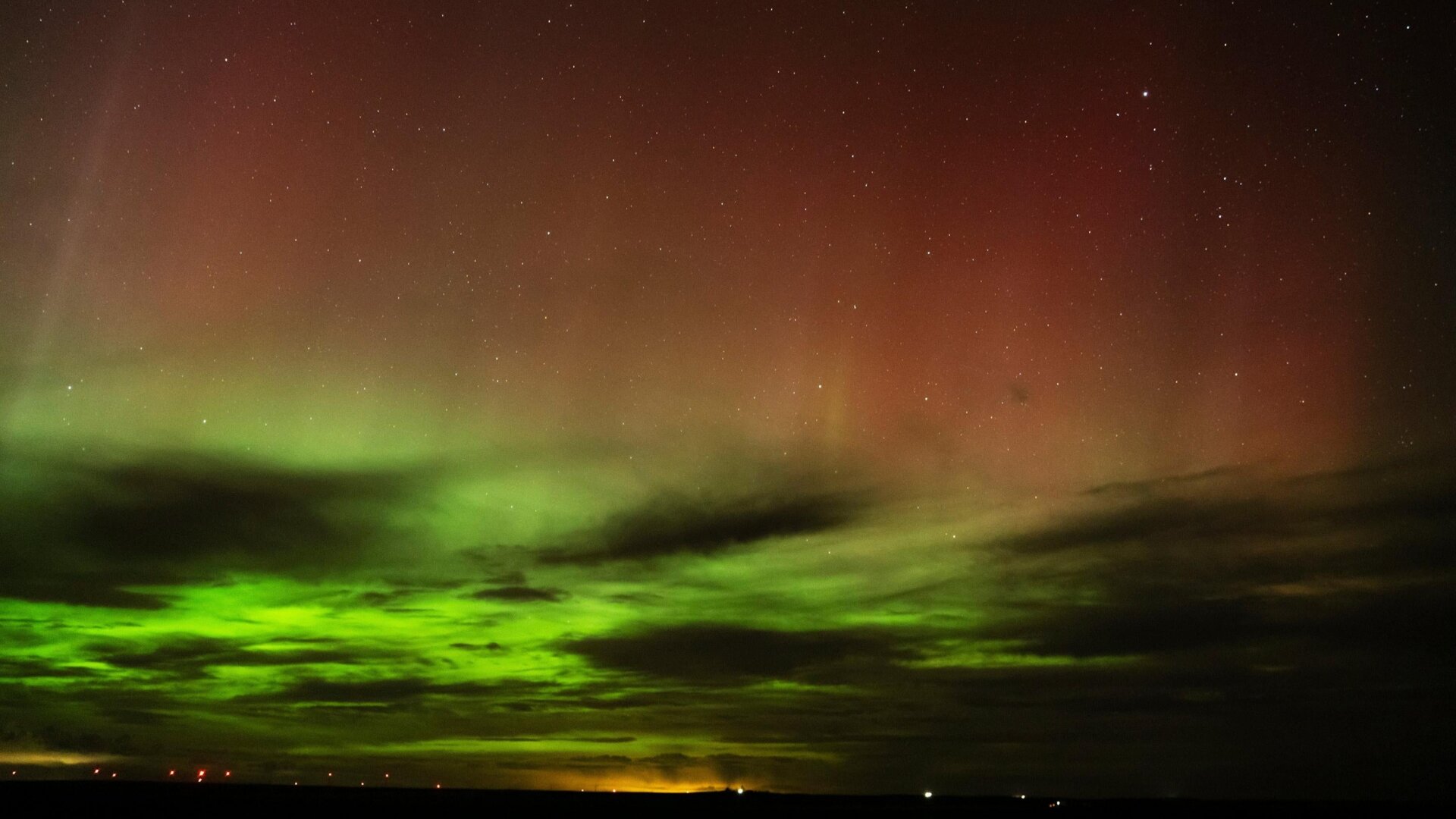The largest digital camera ever constructed for astronomy, the LSST Camera, is finally complete after nine years and the assembly of 3.2 billion pixels. This monumental achievement marks a significant milestone for the Vera Rubin Observatory, which is set to embark on an unprecedented exploration of the southern skies.
The Rubin Observatory’s primary objective is the Legacy Survey of Space and Time (LSST), a decade-long, near-continuous observation of the cosmos. This ambitious survey will generate an astounding 60 petabytes of data, shedding light on the universe’s composition, the nature and distribution of dark matter and dark energy, the expansion of the universe, the formation of our galaxy, our solar system, and much more.
Employing a 5.1-foot-wide optical lens, the camera will capture a 15-second exposure of the sky every 20 seconds. It will automatically switch filters to observe light across various wavelengths, ranging from near-ultraviolet to near-infrared. This continuous monitoring will effectively create a timelapse of the heavens, capturing transient events for further investigation by other telescopes and tracking changes in the southern sky.
“We are on the cusp of producing the grandest movie of all time and the most comprehensive map of the night sky ever created,” stated Željko Ivezić, astrophysicist at the University of Washington and director of the Rubin Observatory’s construction.
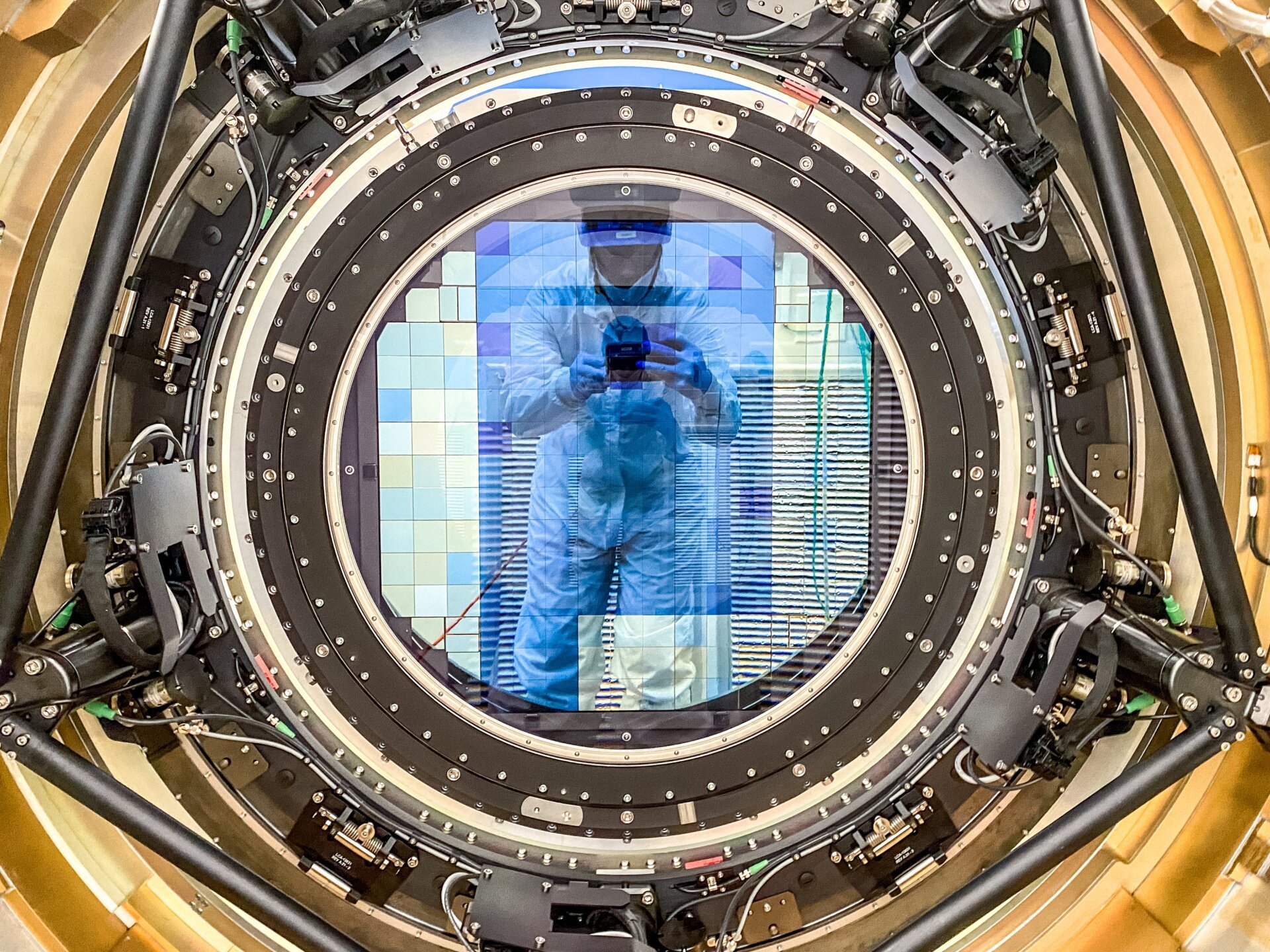 After successfull installation of the camera cryostat in April 2022.LSST camera cryostat installation, April 2022. Photo: Travis Lange/SLAC National Accelerator Laboratory
After successfull installation of the camera cryostat in April 2022.LSST camera cryostat installation, April 2022. Photo: Travis Lange/SLAC National Accelerator Laboratory
A Technological Marvel
This cutting-edge camera represents a remarkable feat of engineering. Weighing in at 6,200 pounds (2,812 kilograms) and costing many times more than a Rolls Royce, the camera’s focal plane comprises 21 rafts, each with the price tag of a Maserati. The investment is justified by the potential for groundbreaking scientific discoveries. Maagx.com previously visited the camera in its clean room in 2021.
“I’m particularly thrilled about the prospect of studying the universe’s expansion using gravitational lenses to gain a deeper understanding of dark energy,” shared Aaron Roodman, physicist at SLAC and lead of the camera program. “This involves two key aspects: measuring the brightness of billions of galaxies across all six filters and precisely measuring their shapes, which are subtly distorted by the bending of light by matter; and discovering and studying unique objects where a distant quasar is almost perfectly aligned with a nearer galaxy.”
Unprecedented Resolution and Coverage
The camera’s extraordinary resolution allows it to resolve a golf ball from a distance of approximately 15 miles, while simultaneously covering a sky area seven times wider than the full moon. This remarkable capability highlights the camera’s power compared to even the most advanced smartphone cameras.
Overcoming Challenges: Light Pollution and Satellites
While the Rubin Observatory’s location in Chile’s Atacama Desert, a renowned haven for telescopes, minimizes light pollution from Earth, satellites present a different challenge. As satellites orbit overhead, their light trails create streaks in telescope images, with satellite constellations posing a particularly significant issue.
“Existing satellite constellations are a considerable nuisance, but manageable by removing the streaks they produce in the images,” explained Roodman. “However, any increase in the number and brightness of these satellites will negatively impact our 10-year survey.”
A 2022 study indicated that SpaceX’s planned constellation of 42,000 satellites could appear in 30% of the LSST camera’s images, not to mention the countless other satellites in low Earth orbit. While mitigation techniques exist, such as the method developed by researchers at the Space Telescope Science Institute to remove satellite trails from Hubble images, preventing the problem at the source remains the ideal solution.
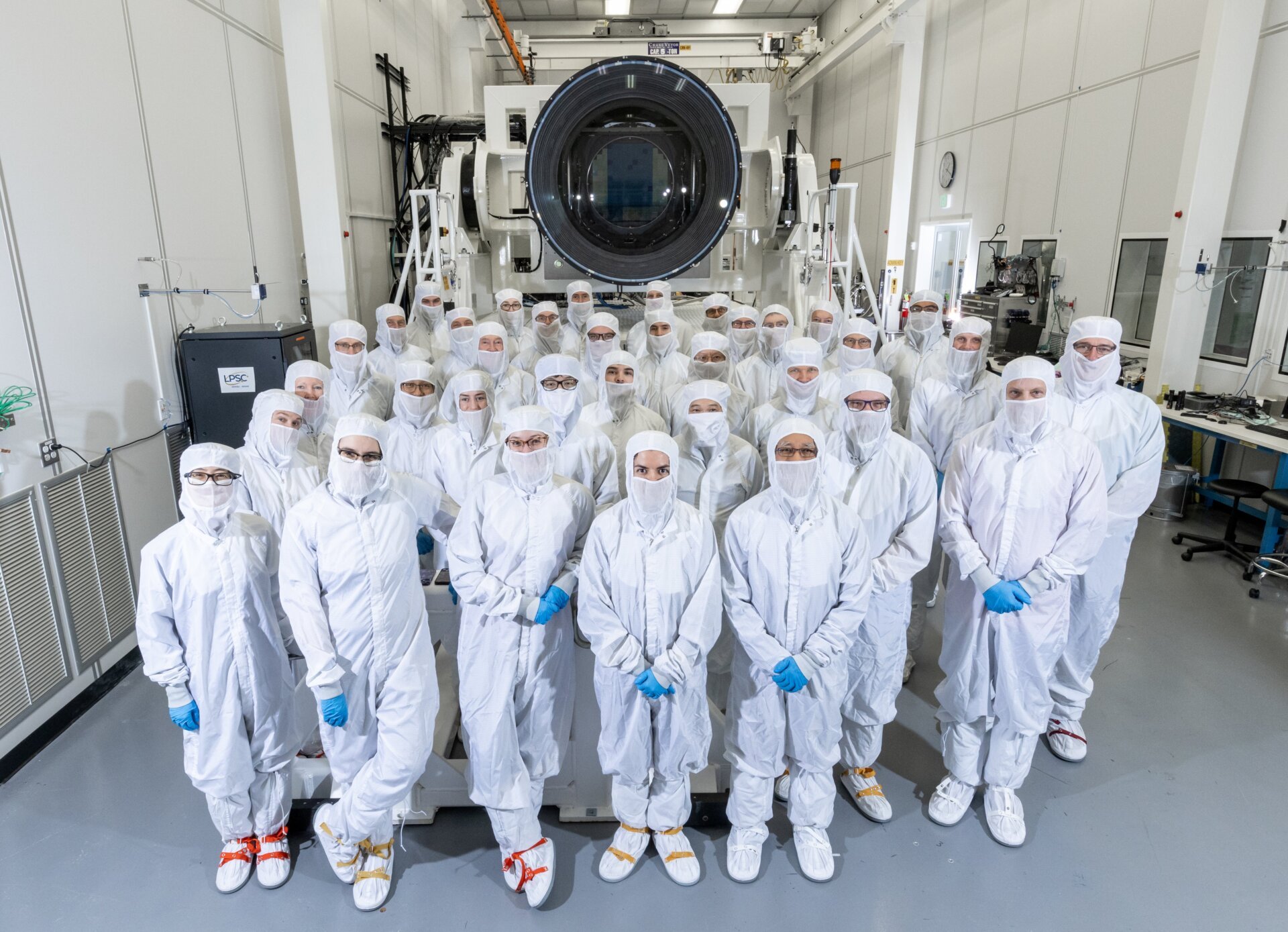 Most of the LSST Camera crew in the clean room with the instrument.LSST Camera team in the clean room. Photo: Jacqueline Ramseyer Orrell/SLAC National Accelerator Laboratory
Most of the LSST Camera crew in the clean room with the instrument.LSST Camera team in the clean room. Photo: Jacqueline Ramseyer Orrell/SLAC National Accelerator Laboratory
The Road Ahead
The first public release of images from the Rubin Observatory is anticipated in March 2025. Several crucial steps remain, including the safe transportation of the LSST Camera from California to Chile, final preparations of the observatory’s mirrors, and completion of the observatory dome. Once these tasks are complete, the Legacy Survey will commence, ushering in a decade of transformative scientific discovery.
A New Era of Discovery
The Rubin Observatory and its groundbreaking camera are poised to revolutionize our understanding of the universe. With the potential to increase the number of known celestial objects tenfold, the LSST will reveal the dynamic nature of the cosmos, both near and far. This unprecedented survey promises to unlock a wealth of knowledge and reshape our understanding of the universe we inhabit.



